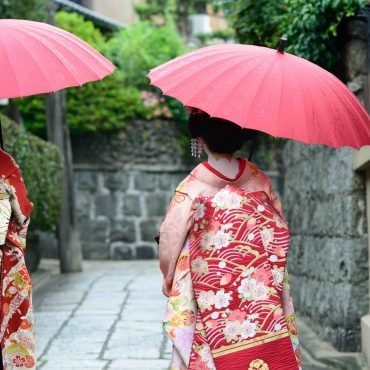If you’re planning a trip to Japan, you might want to consider Nara as one of your destinations. Nara is a historic city located in the Kansai region, famous for its temples, shrines, and natural beauty. To make the most of your trip to Nara, you may want to explore Nara tour packages offered by various travel agencies.
Nara tour packages are an excellent way to experience the best of what the city has to offer. These packages usually include guided tours to popular attractions such as Todai-ji Temple, Kasuga Taisha Shrine, and Nara Park. Additionally, some packages may also include visits to lesser-known spots that only locals know about.
One of the benefits of choosing Nara tour packages is that they provide a hassle-free way of exploring the city. Instead of worrying about transportation, language barriers, and itinerary planning, you can leave everything to the tour operator. This means you can sit back, relax, and enjoy the sights and sounds of Nara without any stress.
Another advantage of Nara tour packages is that they often offer discounted rates for accommodation, transportation, and entrance fees to attractions. This can help you save money while still experiencing the best of what Nara has to offer.
When choosing Nara tour packages, it’s essential to consider your interests and preferences. For example, if you’re a nature lover, you may want to opt for a package that includes a visit to Mount Yoshino or a hike in the Nara countryside. On the other hand, if you’re a history buff, you may want to choose a package that focuses on Nara’s ancient temples and shrines.
In conclusion, if you’re looking for a hassle-free and cost-effective way to explore Nara, Nara tour packages are an excellent option to consider. With the right package, you can experience the best of Nara’s culture, history, and natural beauty, all while enjoying a stress-free vacation.










